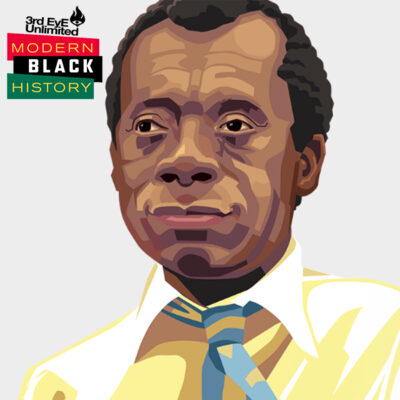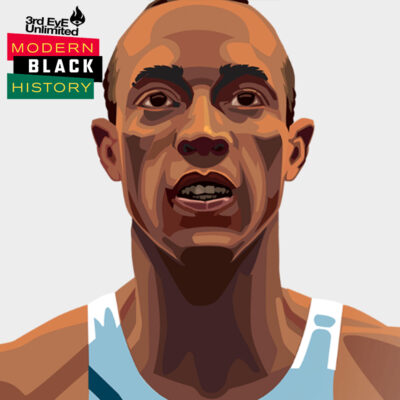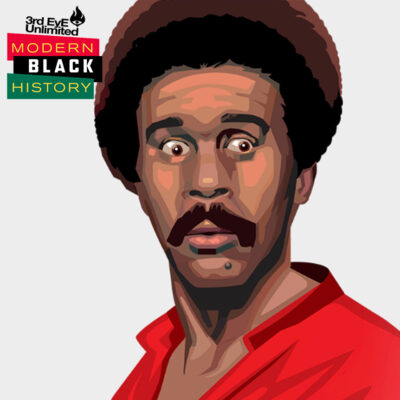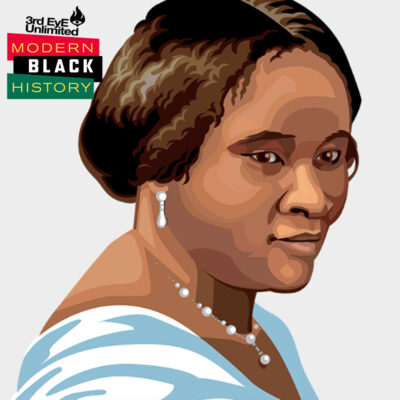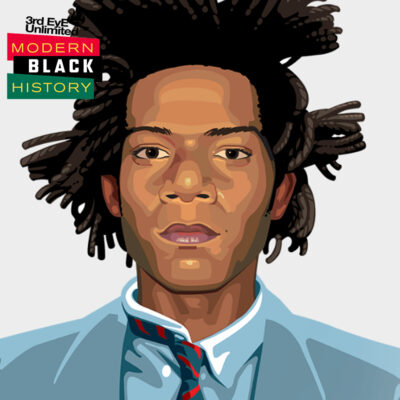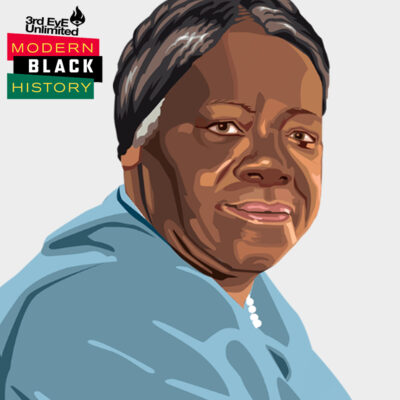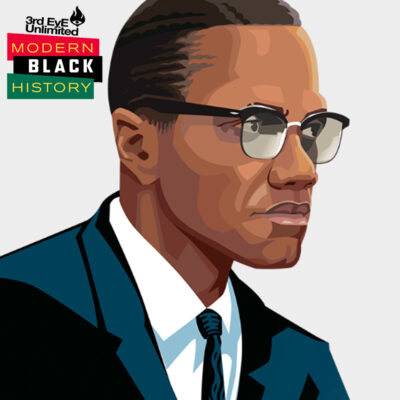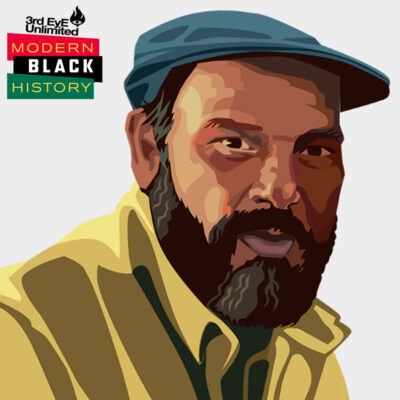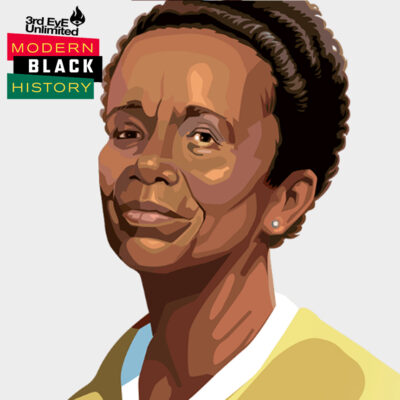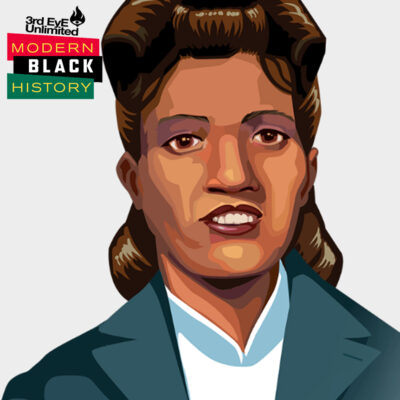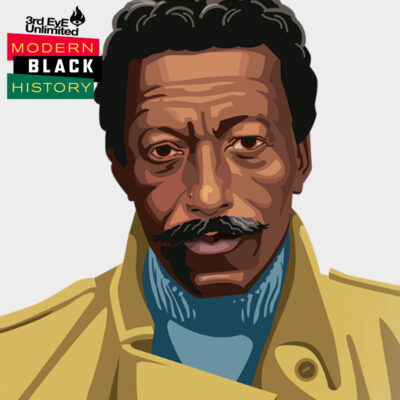Because he brought us pictures of black America
“I picked up a camera because it was my choice of weapons against what I hated most about the universe: racism, intolerance, poverty.” – Gordon Parks
From some of his earliest professional photographs of Ella Watson holding a mop and broom with an American flag draped behind her, to fashion spreads for Vogue magazine, Gordon Parks used the camera and the world around him to show not only the state of African-American life, but also to bring attention to the creativity of his people.
Born Nov. 30, 1912, in Fort Scott, Kansas, Parks first made a name for himself while working at the Farm Security Administration. He went on to become the first African-American photographer on the staff of Life magazine and produced some of the best photo essays the world has ever seen, from showing the world what it meant to be black in America to the story of 12-year-old Flavio in the slums of Rio de Janeiro. These images resonated with readers and helped propel Life to a level of photojournalism that many say has not been seen since.
Outside of Parks’ documentary work, there was a lighter side that didn’t get as much recognition until later in his life. Parks’ work for Vogue in the 1950s changed the expectations of what an African-American photographer should be doing. This path took Parks to Paris, Cuba and the streets of New York City, creating pictures that showed the beauty of design, colors and creativity of places that few people of color were able to reach.
Parks was the first African-American director of major motion pictures, starting with The Learning Tree in 1969 and Shaft in 1971. The latter movie helped define the blaxploitation era, while simultaneously expanding the identity of African-Americans in films, from actors in front of the camera to producers and directors behind it. Parks, who died in 2006, was a Renaissance man, with nearly two dozen books ranging from autobiography, poetry and photography, as well as 12 films he wrote or directed.
His work transformed how generations of black artists, photographers and musicians saw themselves and the world, opening their imaginations to the possibility of storytelling through images of the black experience. – Brent Lewis


